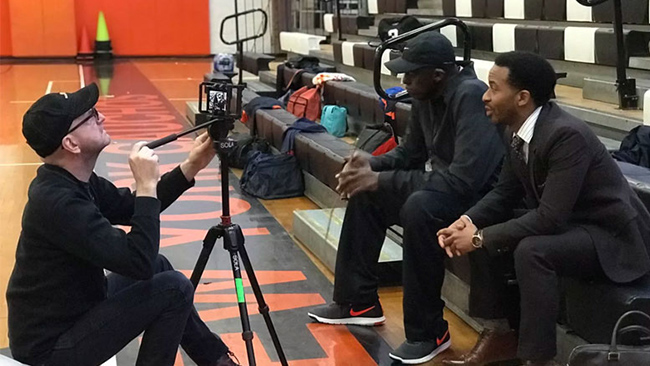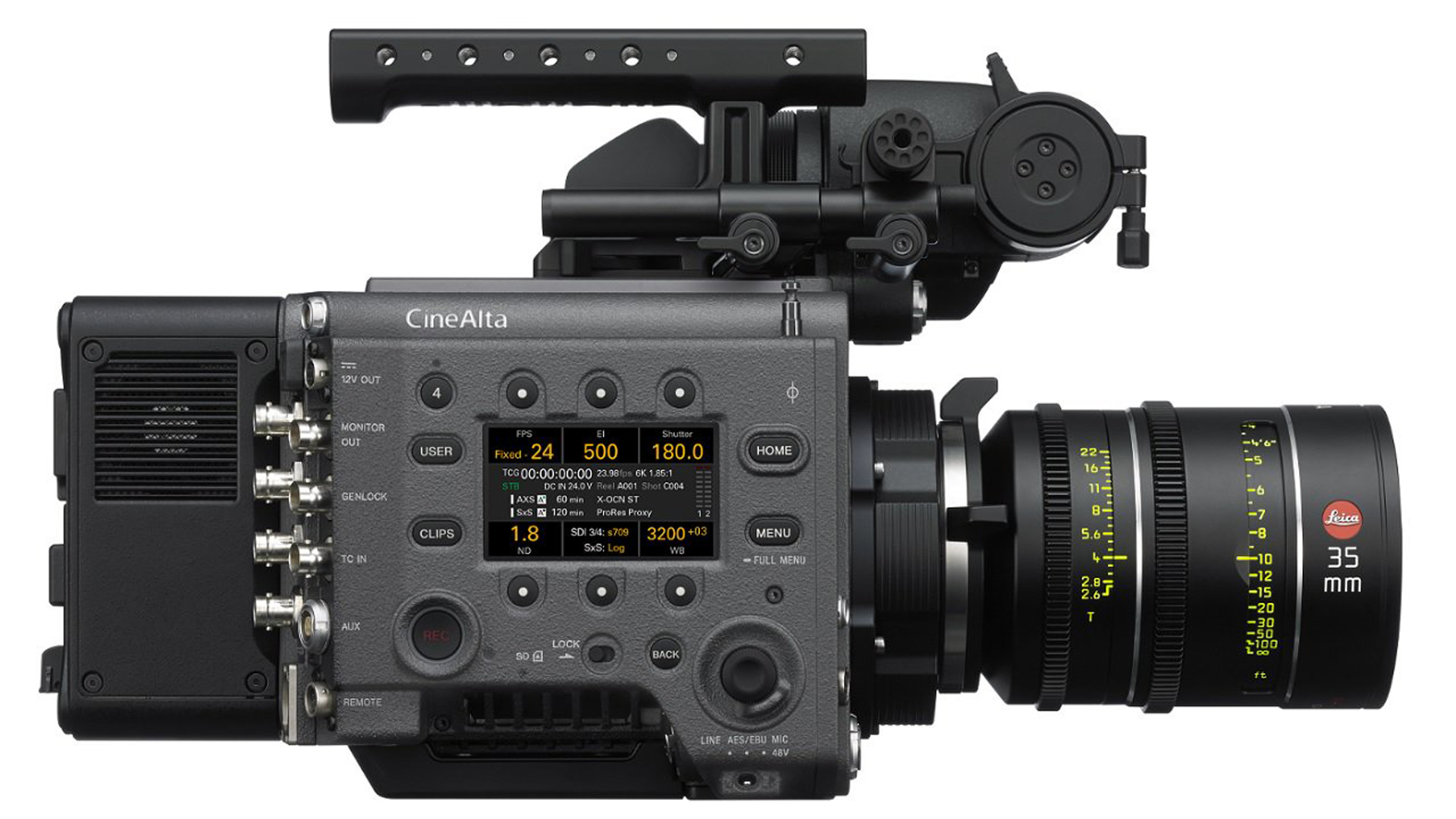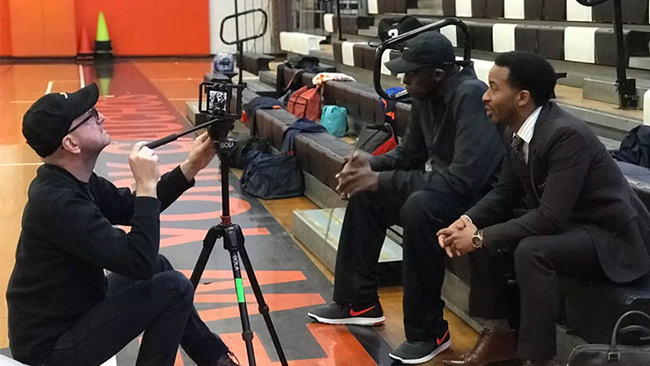

In the first part of this article, we asked; does it make sense to shoot a movie today on a clockwork Bolex? But looking towards the future, just how smart will cinema cameras become, and will they ever become as 'smart' as smartphones?
Weekends at RedShark are brought to you to you in association with Adorama, our worldwide retail partner. Adorama is always a great place to go for video, audio and photography products. It always has a massive range in stock, and is always competitive.
I am certainly not advocating that you shoot a movie on an iPhone, although people have done exactly that - and I am sure there are occasions where it allows you to shoot something that would otherwise be impossible - but the very idea that you could even consider shooting a movie on a phone should give us food for thought. Just look at a smartphone – less than a third of an inch thick, with a tiny lens – how could that possibly be any sort of movie camera? Well, the answer to that question is, as we know, that smartphones are dependent on a huge amount of computing power to create what otherwise would be impossible results. The surprising thing is how little of that sort of technology is involved in professional cameras – but it’s creeping in – from the bottom up.
Mid-range pro and prosumer cameras now come with very sophisticated autofocus and stabilisation systems. Although currently, it is hard to imagine autofocus being used on a feature, surely we should soon be seeing more semi-automatic or focus-assist systems, aimed at professional crews? Is a tape measure still the best way to set focus in the 21st century?
Simon Wyndham has argued on these pages that, although digital and optical in-camera stabilisation up to now has been used with lightweight cameras, in the future it might replace gimbals and Steadicams. This view met with some resistance from purists, but I think it is a perfectly reasonable assumption. Yes, digital stabilising system uses up pixels, but pixels are cheap and plentiful these days.

Steven Soderbergh is famous for shooting feature films on an iPhone.
Will movies still be movies?
As movies, increasingly, are computer-generated, with CGI being used not just for background and special effects, but to create main characters, the more it makes sense for camera technology to be part of this CG universe. If movies and games converge and VR becomes mainstream this will be even more the case. Depth of field, lighting, camera moves may all be adjusted or generated in post – what comes out of the camera might be not much more than a template on which images are constructed. The Lytro light-field camera came and went, but the principles behind it will not go away.
What is key here, I believe, is the question of what sort of end product we want. If the paradigm model is still the traditional, studio-based feature film, then it is likely to be made in more or less the same way as it has been made for decades: a full crew, focus puller, grips, fairly large cameras and all the technology it takes to move those cameras around. It really doesn’t make sense to have a full crew around a small camera, just as much as a traditional studio camera needs more than a lone operator. We expect movies to have a certain glamour and a lot of that look – big sets, sunlight pouring through windows, sophisticated camera moves – demands money. And with everybody having a phone in their pocket that can shoot high-resolution movies, ‘production value’ is more in demand than ever – hence the move to large format cameras to create a look far away from what domestic devices can achieve. Or we may want to go the other way entirely, with the example we started with. What could be further from the look and feel of an iPhone than a clockwork Bolex?
It may be irrational but it works
Let’s have a moment of respect for the crew. Focus pulling, for instance, is not just a process, it is a job, and let us think carefully before we wish away the skills and experience of thousands of people who have helped to create this industry. Movies are made by artists and craftspeople, not machines. Big studio cameras like the Mitchell were in common use in TV long after there were smaller, lighter alternatives because they were part of a tradition of working. The choice of our tools and processes may not, from one perspective, appear rational but they may well be entirely reasonable – if, at the end of it, they help us produce great work. The best camera may not be one with the best specs but the one you feel most comfortable with.
If you entered the industry when it was based around 16mm film and 2/3” video cameras, the ergonomics of stills cameras seem totally inappropriate for shooting video. It may seem bizarre that the Blackmagic Pocket Cinema Camera, so innovative in many ways, should follow this perverse form factor, yet to the many people who have entered this business using DSLRs and mirrorless cameras, this seems totally natural. People have developed tools and techniques to make these cameras work for them, just as the arcane techniques for post-producing on film seemed normal at the time.
In the end, choosing a technology may not be about maximum control but about allowing those pieces of kit to take you on a journey.
Tags: Production


Comments